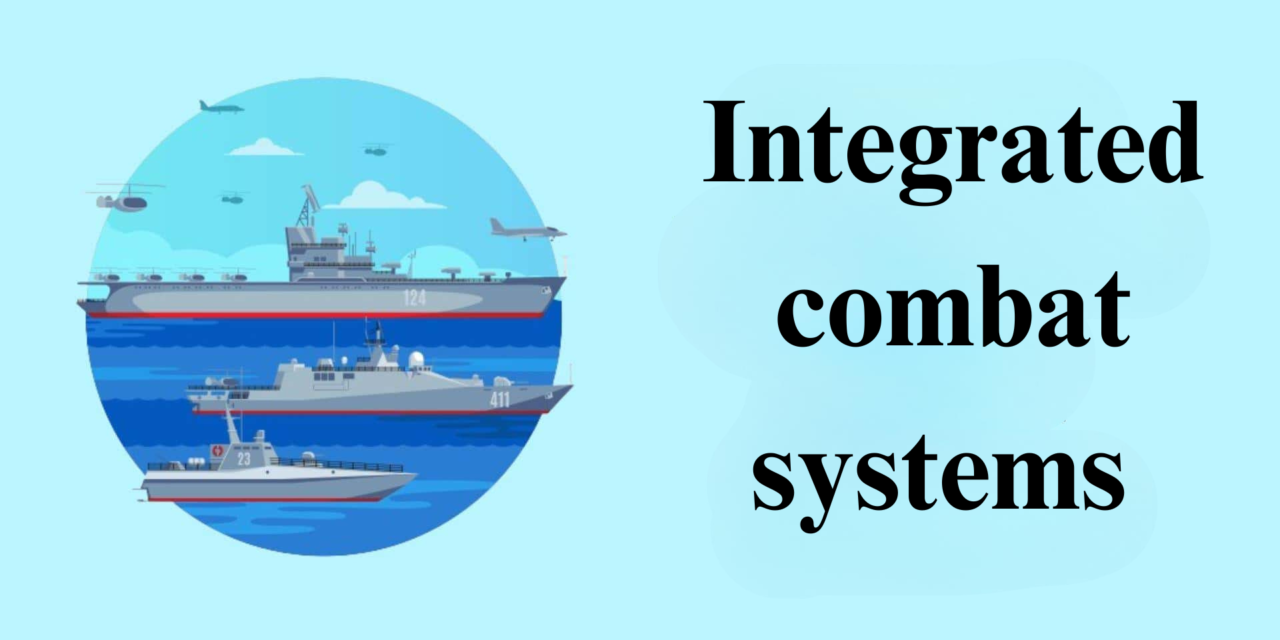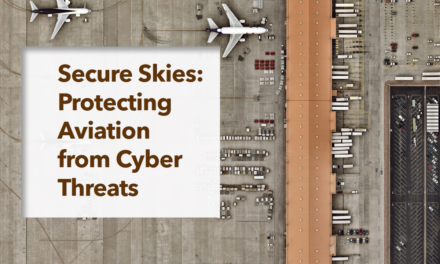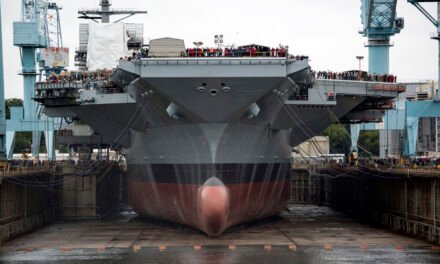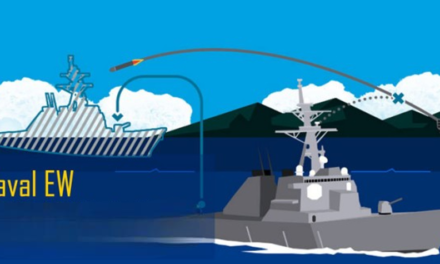Integrated Combat Systems (ICS) enhance decision-making on naval platforms by unifying data from multiple sensors, weapons, and communication systems into a single operational framework. This integration provides real-time situational awareness, streamlines command and control processes, and enables faster, more accurate decision-making. Here’s how ICS contributes to naval operations:
1. Real-Time Situational Awareness
- Role: ICS aggregates data from various onboard and offboard sensors, presenting a comprehensive view of the battlespace.
- How It Works:
- Combines inputs from radar, sonar, electro-optical systems, and satellite feeds into a unified display.
- Filters and prioritizes information to highlight the most critical threats.
- Benefit:
- Operators and commanders can make informed decisions based on a complete and accurate understanding of the operational environment.
- Example:
- The Aegis Combat System integrates radar and weapon systems to track and prioritize aerial, surface, and underwater threats.
2. Faster Decision-Making
- Role: Automates threat detection, tracking, and engagement processes to minimize human response times.
- How It Works:
- Uses artificial intelligence (AI) and machine learning (ML) to analyze incoming data and recommend or execute appropriate responses.
- Automates repetitive tasks, allowing personnel to focus on strategic decision-making.
- Benefit:
- Reduces the time from threat detection to engagement, critical in high-stakes scenarios like missile defense.
- Example:
- The Ship Self-Defense System (SSDS) on U.S. Navy ships automates responses to incoming missile threats.
3. Multi-Threat Tracking and Engagement
- Role: Simultaneously tracks and engages multiple threats across different domains (air, surface, underwater).
- How It Works:
- Uses advanced data fusion algorithms to correlate sensor inputs and identify multiple threats.
- Coordinates weapon systems to engage the highest-priority threats first.
- Benefit:
- Maintains fleet and vessel survivability in complex, multi-threat environments.
- Example:
- The Thales Tacticos Combat Management System enables multi-domain operations, from air defense to anti-submarine warfare (ASW).
4. Enhanced Interoperability
- Role: Facilitates seamless communication and coordination between allied ships, aircraft, and shore-based assets.
- How It Works:
- Implements standardized communication protocols (e.g., Link 16, Link 22) for real-time data sharing.
- Ensures compatibility with multinational forces in joint operations.
- Benefit:
- Improves collaborative decision-making and coordinated responses in coalition operations.
- Example:
- NATO’s Air Command and Control System (ACCS) integrates data from allied naval platforms for joint air and missile defense.
5. Automated Threat Classification
- Role: Identifies and categorizes threats based on sensor data and historical patterns.
- How It Works:
- Leverages AI to classify objects (e.g., distinguishing between friendly, neutral, or hostile contacts).
- Incorporates electronic warfare (EW) data to detect radar and communication signals.
- Benefit:
- Reduces operator workload and minimizes errors in threat assessment.
- Example:
- AI-driven capabilities in systems like the Sea Ceptor CMS enhance threat classification and weapon allocation.
6. Advanced Weapon Integration
- Role: Coordinates multiple weapon systems to optimize firepower and efficiency.
- How It Works:
- Matches available weapons (e.g., missiles, guns, torpedoes) with identified threats based on range, speed, and priority.
- Synchronizes defensive measures like close-in weapon systems (CIWS) with longer-range interceptors.
- Benefit:
- Ensures the most effective use of onboard and networked weaponry.
- Example:
- The Aegis Combat System integrates SM-3 and SM-6 missiles for layered missile defense.
7. Decision Support Tools
- Role: Provides commanders with actionable recommendations and options for responses.
- How It Works:
- Simulates potential outcomes of different actions using real-time data and predictive algorithms.
- Suggests the optimal course of action based on mission objectives and threat dynamics.
- Benefit:
- Enhances confidence and accuracy in decision-making under time constraints.
- Example:
- Decision support modules in the COMBATSS-21 system help operators manage complex engagements.
8. Cybersecurity Integration
- Role: Protects naval networks and combat systems from cyber threats.
- How It Works:
- Monitors network activity for anomalies and potential breaches.
- Employs encryption, firewalls, and intrusion detection/prevention systems.
- Benefit:
- Ensures the integrity and reliability of critical systems in contested environments.
- Example:
- Cyber defense modules in systems like SEWIP Block 3 enhance operational resilience.
9. Remote and Autonomous Operations
- Role: Supports unmanned vehicles (UAVs, USVs, UUVs) for surveillance, reconnaissance, and offensive operations.
- How It Works:
- Integrates unmanned platforms into the ship’s command and control systems.
- Provides operators with real-time control and data from remote platforms.
- Benefit:
- Extends situational awareness and operational reach without risking personnel.
- Example:
- The Sea Hunter USV operates autonomously within the Aegis network for ASW missions.
10. Training and Simulation
- Role: Enhances crew readiness through realistic training and scenario simulation.
- How It Works:
- Uses virtual environments to replicate operational scenarios.
- Allows personnel to practice decision-making and system operation in simulated combat situations.
- Benefit:
- Improves proficiency and reduces errors during real-world operations.
- Example:
- Integrated training systems in the Tacticos CMS provide realistic operational training.
11. Examples of Integrated Combat Systems
- Aegis Combat System (U.S.):
- Advanced multi-mission system for air and missile defense.
- Tacticos Combat Management System (Thales):
- Modular system supporting multi-role operations.
- Combat Management System (CMS) 330 (Canada):
- Lightweight system optimized for small and medium-sized naval platforms.
- Seawolf Combat System (UK):
- Specializes in short-range air defense.
12. Benefits of Integrated Combat Systems
- Operational Efficiency:
- Reduces operator workload by automating data processing and decision-making tasks.
- Reduced Response Times:
- Faster data processing and threat engagement enhance survivability in high-stakes scenarios.
- Scalability:
- Modular designs allow integration with various ship classes and mission profiles.
- Enhanced Collaboration:
- Interoperability with allied forces facilitates coordinated operations.
13. Challenges in Implementing ICS
- Complexity:
- Integrating diverse systems into a cohesive platform can be technically challenging.
- Cost:
- Developing and maintaining ICS is expensive, especially for smaller navies.
- Cybersecurity Risks:
- Increased connectivity exposes systems to potential cyber threats.
Conclusion
Integrated Combat Systems revolutionize decision-making on naval platforms by combining advanced sensor integration, real-time data processing, and automation. They enhance situational awareness, streamline operations, and ensure rapid, precise responses to threats. As technology evolves, ICS will continue to be a cornerstone of naval warfare, empowering fleets to operate effectively in complex and contested environments.
Hashtags
#IntegratedCombatSystems #NavalCombatTech #SmartNavalSystems #ModernCombatSystems #AdvancedNavalTech #DecisionMakingEnhancements #RealTimeDecisionSupport #AIInCombatSystems #SmartDecisionMaking #CombatSystemOptimization #EnhancedOperationalDecisions #TechnologicalAdvancements #NextGenCombatTech #SmartCombatPlatforms #AdvancedNavalInnovation #AIForNavalCombat #MultiDomainNavalTech #DataIntegrationAndAnalysis #RealTimeDataAnalysis #DataDrivenCombatDecisions #SensorFusionTech #NavalAnalytics #SituationalAwareness #EnhancedSituationalAwareness #BattlefieldVisualization













